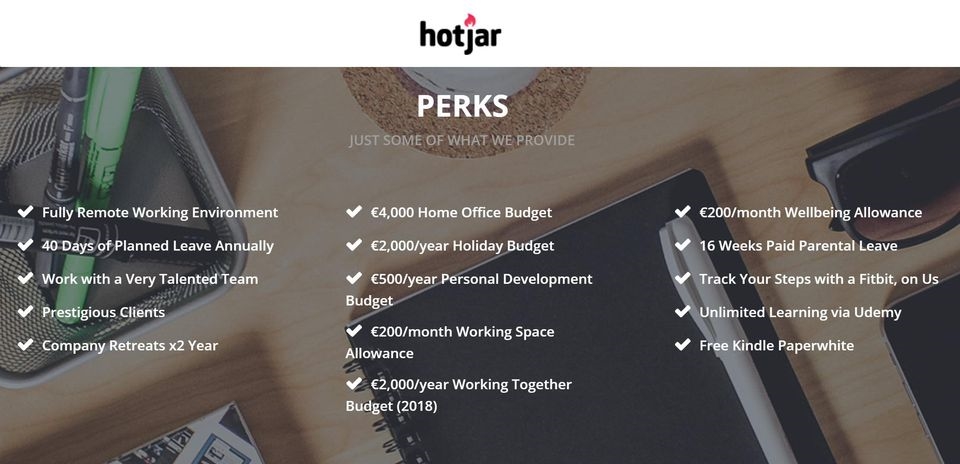— January 21, 2019
Potent company culture is built on the foundation of shared values. Whether they are explicitly defined or not, shared values are the DNA of every company. At a fundamental level, they drive the behavior of the individuals that make up your team. Surfacing and defining your values is the first step to effectively leading your business and developing a strong and healthy company culture. The next step, once you have defined your values, is to embed them into the business. The outcome of successfully embedding the values into your business is that the values are lived by the entire team.
The six embedding mechanisms listed below are the most powerful tools that a CEO has to educate their leadership team and employees on what’s important to the company. If you as the CEO, fail to practice what you preach, the messages you are sending will be in-congruent and cause confusion and mistrust. Make sure that the way you (and your leadership team) show up, lead and work is consistent with what you tell the organization is essential. As a leader, consider how the following can impact your business:
1. How do you reward and recognize?
You can demonstrate to your team – and deepen your understanding of – what you as a leader most value through the way you approach what and how you reward and recognize in your company. Every behavior that you reward, recognize or penalize will reinforce and more deeply embed what you value and prioritize, so approach this with clarity and be intentional. If you say that excellent customer service is important to you and the company, but you don’t reward or recognize customer service, it’s not important.
2. What do you measure and control?
The areas that you measure, control and receive regular attention over the longer term – the things you notice and acknowledge – reflect what you prioritize, value and aim to reinforce the company’s culture. If you say that excellent customer service is important to you and the company, but you don’t measure or pay attention to customer service, it’s not important.
3. How do you invest or allocate funds in the business?
The way budgets are created and the manner in which internal investments are made will reflect your beliefs of what’s essential to the company. If you say that you care about your team, their development and well-being but you don’t invest in it, your team notice that. As a good example review the list of incentives and benefits Hotjar, the fully remote SaaS web analytics company offers all of its employees. As you read through the list compare them to what your company offers and then put yourself in a potential employee’s shoes and imagine how they might feel reading this list. N.B. It’s not about the amount of money the company invests it’s what the company is investing in.
- €4,000 Home Office Budget (increased by €500 annually)
- €2,000/year Holiday Budget
- €2,000/year Working Together Budget (2018)
- €1,000/year Personal Development Budget
- €2400/year Working Space Allowance
- €2400/year Wellbeing Allowance
- 16 Weeks Paid Parental Leave
- Free Fitbit and Kindle Paperwhite
- Fully Remote Working Environment
- 40 Days of Planned Leave Annually
- Company Retreats (twice a year)

4. How do you hire, promote, and fire?
How you select and hire new members of the team provides a powerful insight into how you plan to embody and promote the living of the company’s values. Each new hire will inevitably be assessed by your team – often quickly. They will know instinctively whether you’ve hired someone who aligns with the company’s values or not. It’s also important to think about employee promotion and employee termination. Whom you promote will either dilute or reinforce the company’s values. How you fire and the speed with which you terminate someone, who doesn’t fit the values of the business, will be watched closely by your team.
5. Learning and development: how do you coach, teach and train?
Learning and development, what you deliberately teach, educate, coach and train your people on and how you create the opportunity for your employees to improve themselves and thereby fulfill your potential, matters greatly. The company’s values are transmitted through what you share, promote and embed via education and training. Creating an environment for learning and personal development will help you retain your people in the business.
6. How do you react to failure, emergencies, critical issues, and other company crises?
The way you respond to critical incidents, issues, failures, unforeseen changes and emergencies will reveal a lot about your underlying values, attitude and perspective. Your team wants to be led by someone who is even-tempered and is in control of their emotions. They want to know who you really are, so if you are calm as Buddha most of the time and then turn into a despot during crises, your team will not know who the real you is, resulting in a loss of trust and commitment.

The aim of an embedded culture is for the values to be lived by every single employee of the company. Living the values will not happen in your organization if there is any sort of gap between the values you espouse and the six embedding tools described above. Deliberately building these embedding tools into the way you think about and run your business is a critical step to ensuring that the culture you are building is robust and scalable.
Originally published here.
Business & Finance Articles on Business 2 Community
(46)








